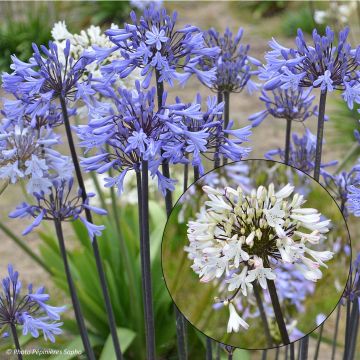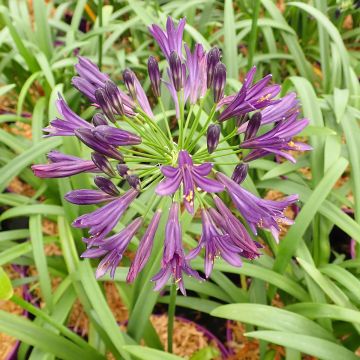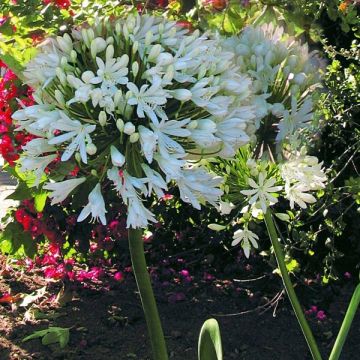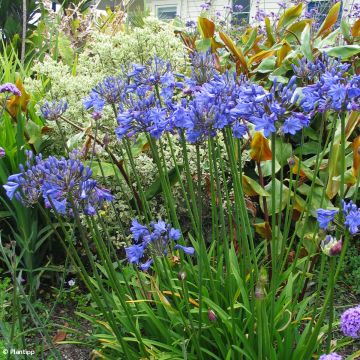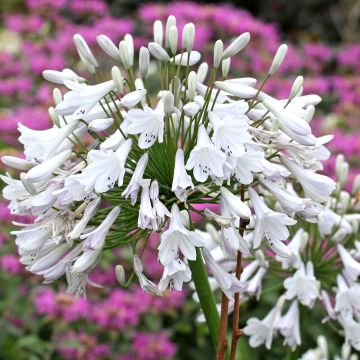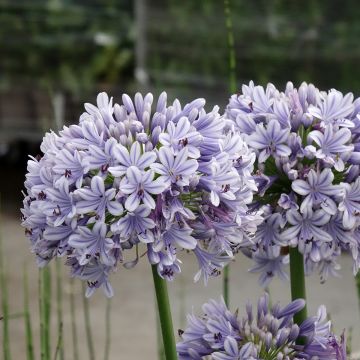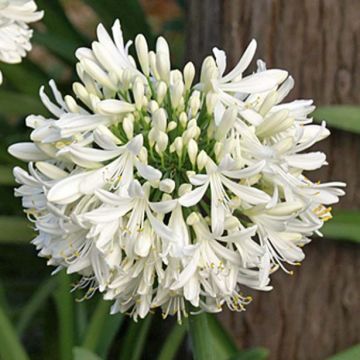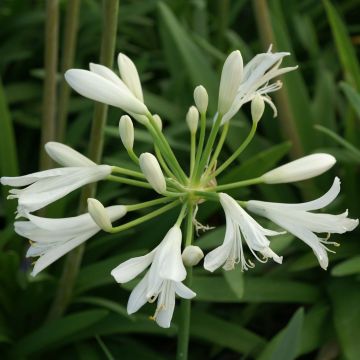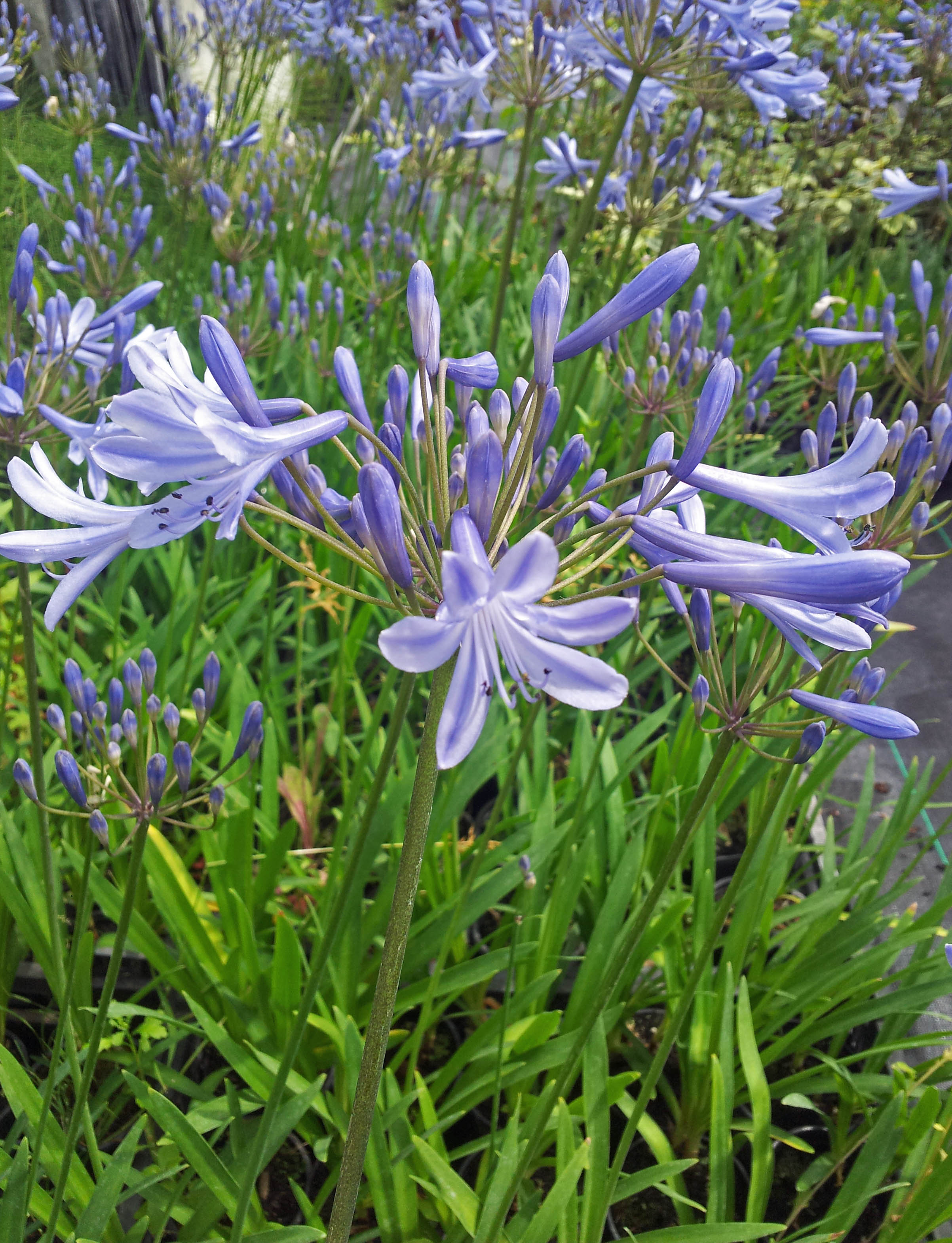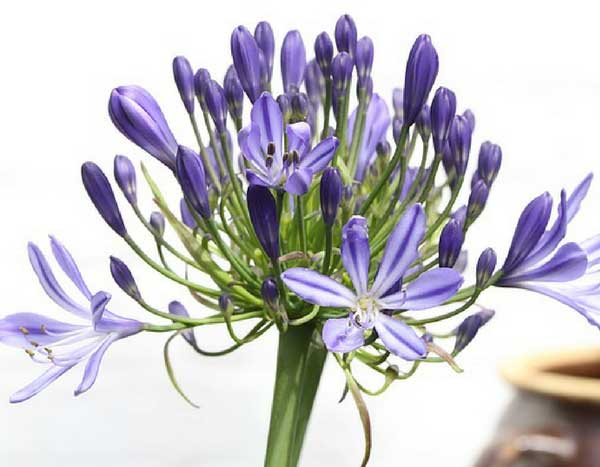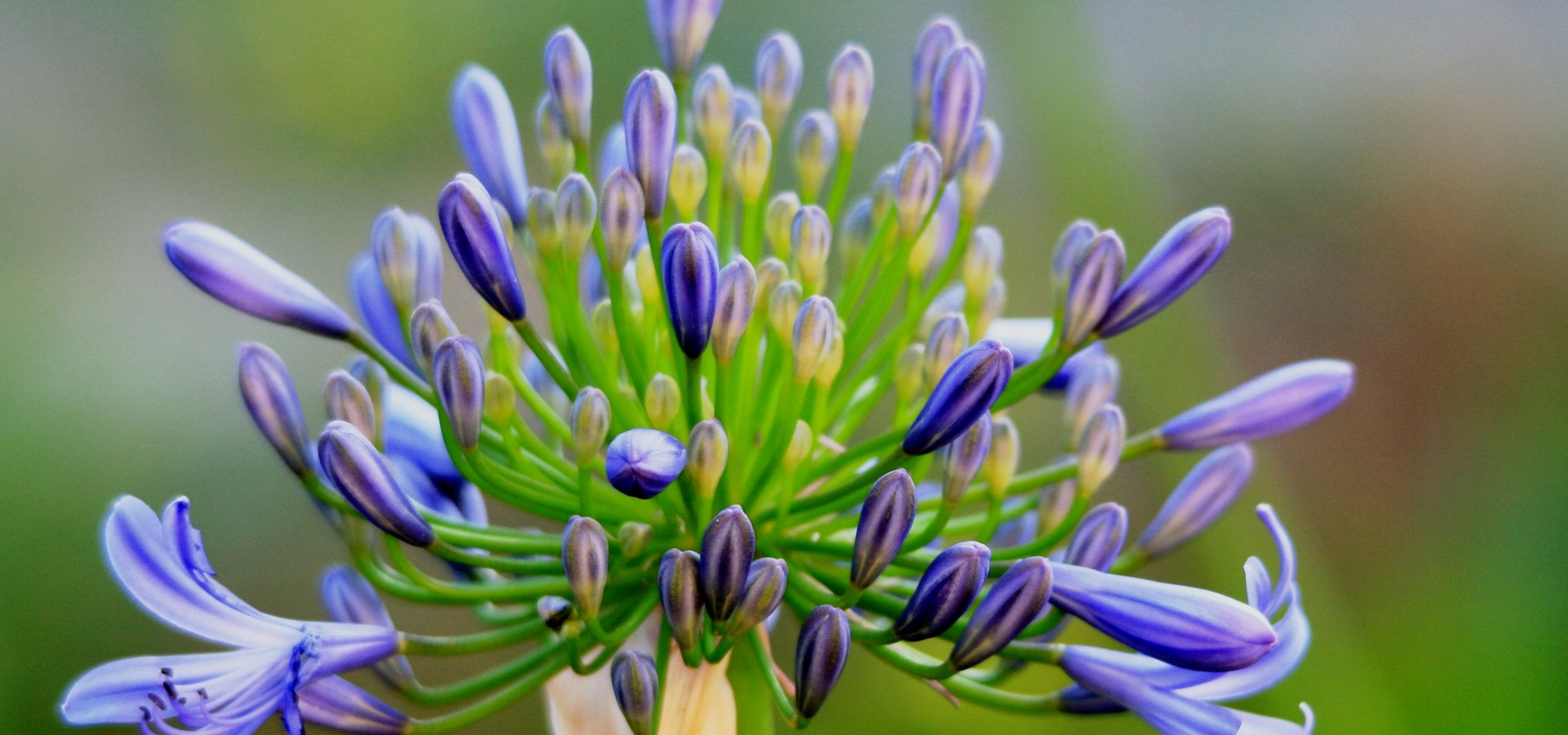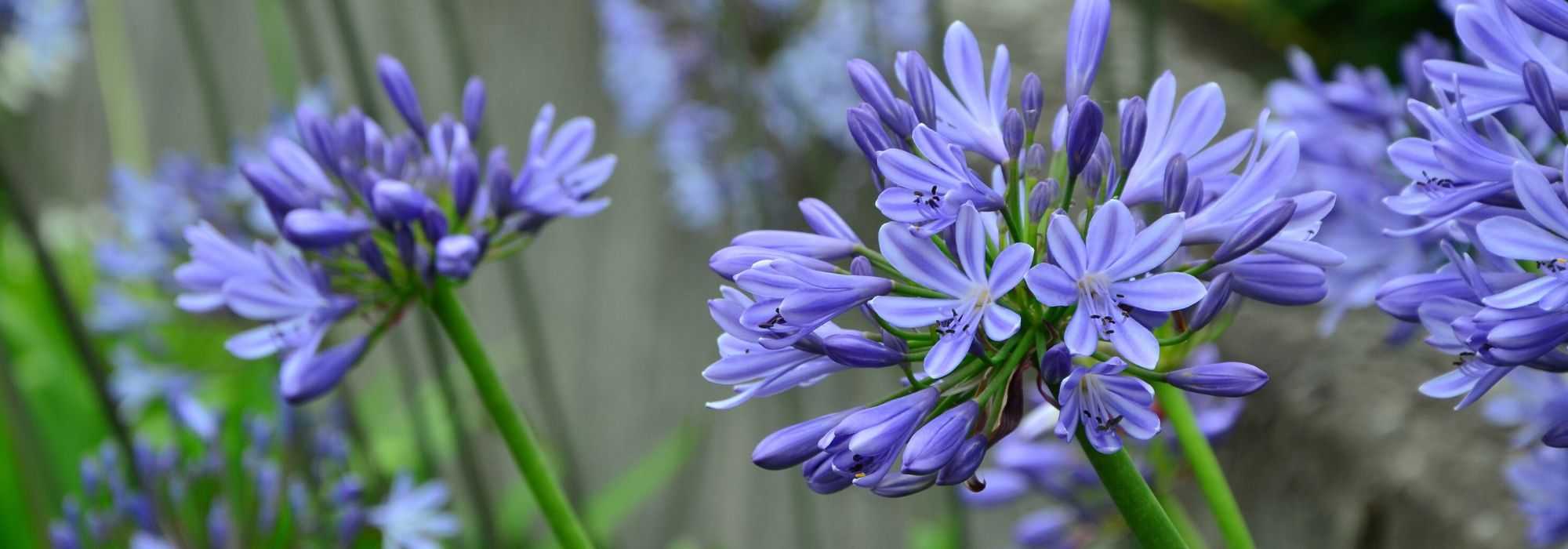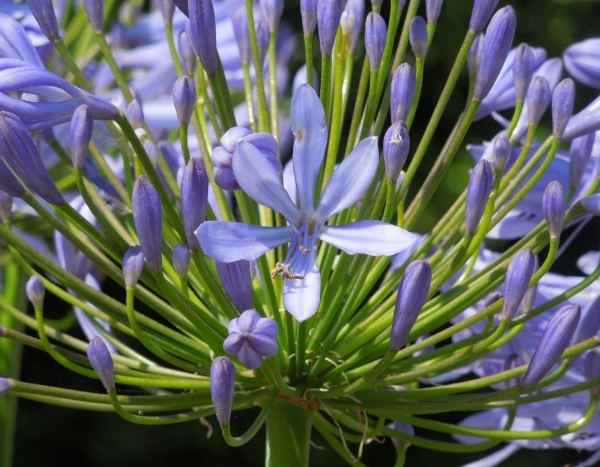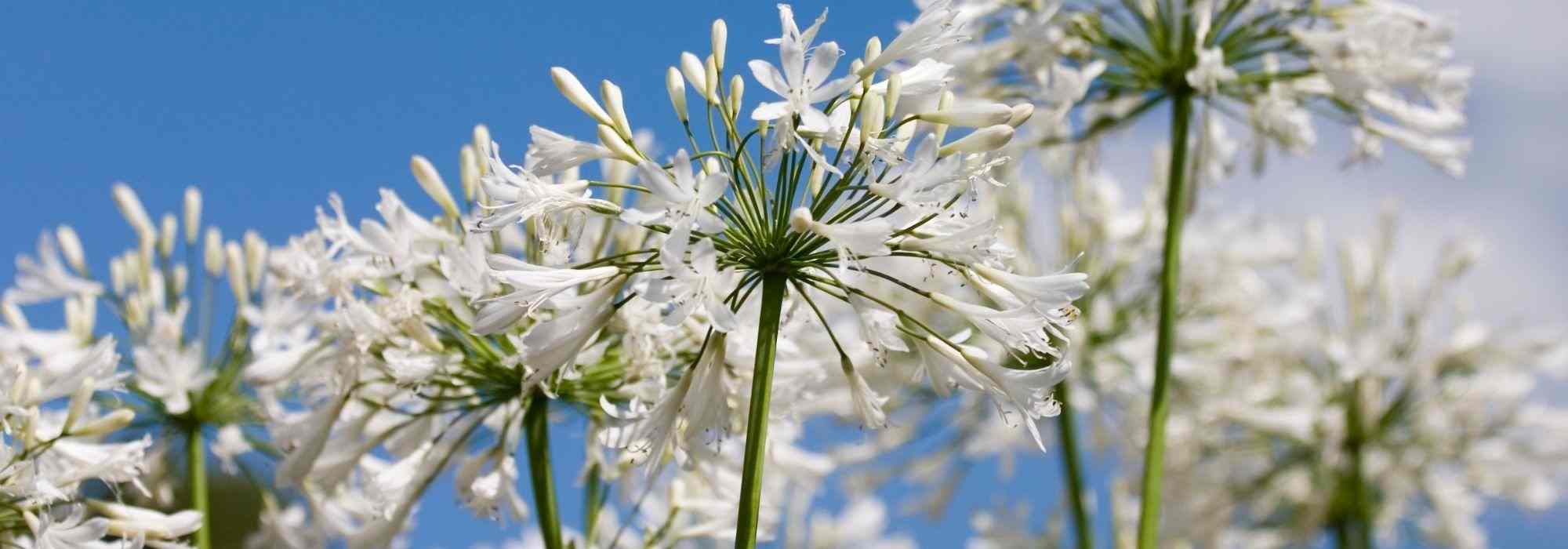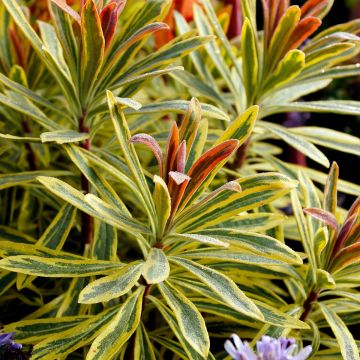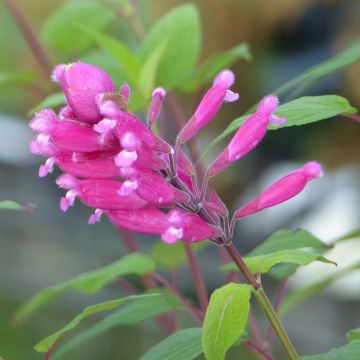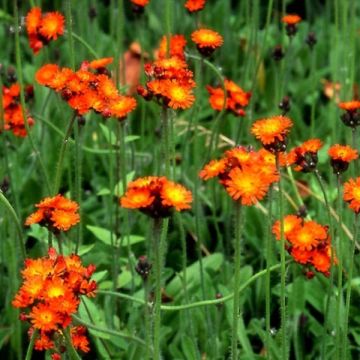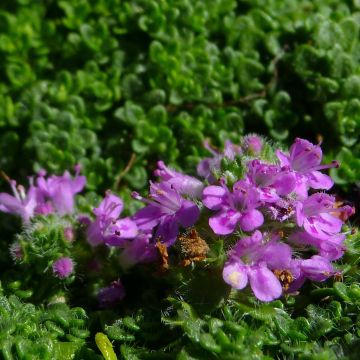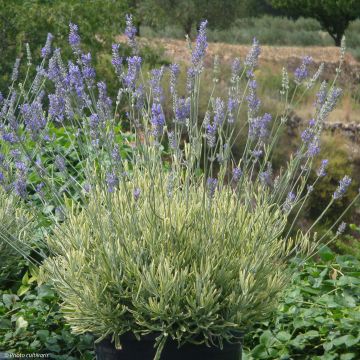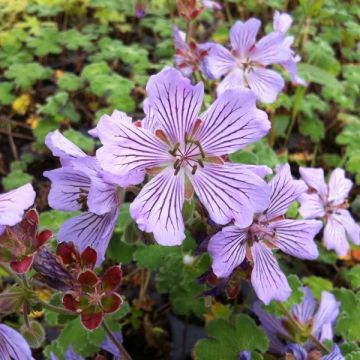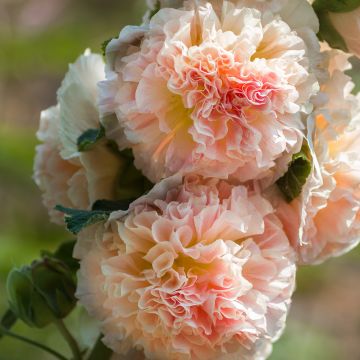

Agapanthe Rosewarne - Agapanthus campanulatus.
Agapanthus campanulatus Rosewarne
Agapanthus campanulatus Rosewarne
Bell Agapanthus, Bellflower Agapanthus
Received with small pointed leaves ??? To be continued ...
isabelle, 27/04/2024
Special offer!
Receive a €20 voucher for any order over €90 (excluding delivery costs, credit notes, and plastic-free options)!
1- Add your favorite plants to your cart.
2- Once you have reached €90, confirm your order (you can even choose the delivery date!).
3- As soon as your order is shipped, you will receive an email containing your voucher code, valid for 3 months (90 days).
Your voucher is unique and can only be used once, for any order with a minimum value of €20, excluding delivery costs.
Can be combined with other current offers, non-divisible and non-refundable.
Home or relay delivery (depending on size and destination)
Schedule delivery date,
and select date in basket
This plant carries a 12 months recovery warranty
More information
We guarantee the quality of our plants for a full growing cycle, and will replace at our expense any plant that fails to recover under normal climatic and planting conditions.
Would this plant suit my garden?
Set up your Plantfit profile →
Description
Agapanthus campanulatus 'Rosewarne' is a recent variety, rare in cultivation, obtained in England at the experimental horticultural station of Rosewarne. It stands out for its large development: this variety grows over 1 metre (3 feet) tall with very large umbels reaching sometimes 20cm (8in) in diameter. While these inflorescences display a particularly vibrant sky blue colour from a distance, they owe it to each small flower striped with white and dark blue that composes them. This variety is not only of beautiful stature, it is also relatively hardy and develops a beautiful evergreen foliage of a greyish green. It is a majestic plant, with obvious graphic appeal, and can be grown outdoors in a temperate climate.
Native, like all Agapanthus, to South Africa, Agapanthus campanulatus is native to Natal. 'Rosewarne' is a particularly vigorous hybrid form of this plant with blue flowers that grows at low altitudes in wet meadows. It grows from a stump with fleshy rhizomes, forming a dense clump of linear, ribbon-like foliage, at least 50cm (20in) in diameter, expanding over time. Each leaf, usually evergreen, can reach 40cm (16in) in length. Flowering takes place in summer, from June-July to September. Solid stems, 1 to 1.20 metres (3 to 4 feet) tall, bear large spherical umbels, 15-20cm (6-8in) in diameter, composed of deep blue flower buds that open into small campanulate flowers striped with white and deep blue, carried by long peduncles. In cold climates, the foliage may disappear in winter. If the stump is well protected by a thick mulch that will isolate it from excess moisture, the foliage will reappear in spring.
Agapanthus campanulatus 'Roseware' is magnificent in the garden with its large, vivid blue inflorescences that stand out from a well-filled clump. The unique colour of the flowers and their abundance will bring an elegant and exotic touch to your flower beds, alongside the white-flowered form. Relatively hardy, it can withstand temperatures around -8°C (17.6°F) without weakening. It can be planted outdoors in Mediterranean areas or along the Atlantic coast. In colder regions, it should be given a very protected and south-facing location, and a thick mulch should be placed at its base. It is particularly suited to coastal climates.
We deliver them as 2/3 eye stumps. Over time, they will form stronger and stronger clumps.
Agapanthus campanulatus Rosewarne in pictures




Flowering
Foliage
Plant habit
Botanical data
Agapanthus
campanulatus
Rosewarne
Alliaceae - Liliaceae
Bell Agapanthus, Bellflower Agapanthus
Cultivar or hybrid
Other Agapanthus - Lily of the Nile
View all →Planting and care
Plant Agapanthus 'Rosewarne' by covering it with at least 10cm (4in) of good soil so that it withstands the cold better. It is essential to install it in spring and mulch it in winter to insulate the stump from the cold and humidity. For pot cultivation, store it in winter. It prefers a rich and moist but well-drained soil. Water it regularly during the growth period (twice a week) to support the flowering. Avoid watering afterwards. It fears excess moisture in winter.
Planting period
Intended location
Care
Planting & care advice
-
, onOrder confirmed
Reply from on Promesse de fleurs
Similar products
Haven't found what you were looking for?
Hardiness is the lowest winter temperature a plant can endure without suffering serious damage or even dying. However, hardiness is affected by location (a sheltered area, such as a patio), protection (winter cover) and soil type (hardiness is improved by well-drained soil).

Photo Sharing Terms & Conditions
In order to encourage gardeners to interact and share their experiences, Promesse de fleurs offers various media enabling content to be uploaded onto its Site - in particular via the ‘Photo sharing’ module.
The User agrees to refrain from:
- Posting any content that is illegal, prejudicial, insulting, racist, inciteful to hatred, revisionist, contrary to public decency, that infringes on privacy or on the privacy rights of third parties, in particular the publicity rights of persons and goods, intellectual property rights, or the right to privacy.
- Submitting content on behalf of a third party;
- Impersonate the identity of a third party and/or publish any personal information about a third party;
In general, the User undertakes to refrain from any unethical behaviour.
All Content (in particular text, comments, files, images, photos, videos, creative works, etc.), which may be subject to property or intellectual property rights, image or other private rights, shall remain the property of the User, subject to the limited rights granted by the terms of the licence granted by Promesse de fleurs as stated below. Users are at liberty to publish or not to publish such Content on the Site, notably via the ‘Photo Sharing’ facility, and accept that this Content shall be made public and freely accessible, notably on the Internet.
Users further acknowledge, undertake to have ,and guarantee that they hold all necessary rights and permissions to publish such material on the Site, in particular with regard to the legislation in force pertaining to any privacy, property, intellectual property, image, or contractual rights, or rights of any other nature. By publishing such Content on the Site, Users acknowledge accepting full liability as publishers of the Content within the meaning of the law, and grant Promesse de fleurs, free of charge, an inclusive, worldwide licence for the said Content for the entire duration of its publication, including all reproduction, representation, up/downloading, displaying, performing, transmission, and storage rights.
Users also grant permission for their name to be linked to the Content and accept that this link may not always be made available.
By engaging in posting material, Users consent to their Content becoming automatically accessible on the Internet, in particular on other sites and/or blogs and/or web pages of the Promesse de fleurs site, including in particular social pages and the Promesse de fleurs catalogue.
Users may secure the removal of entrusted content free of charge by issuing a simple request via our contact form.
The flowering period indicated on our website applies to countries and regions located in USDA zone 8 (France, the United Kingdom, Ireland, the Netherlands, etc.)
It will vary according to where you live:
- In zones 9 to 10 (Italy, Spain, Greece, etc.), flowering will occur about 2 to 4 weeks earlier.
- In zones 6 to 7 (Germany, Poland, Slovenia, and lower mountainous regions), flowering will be delayed by 2 to 3 weeks.
- In zone 5 (Central Europe, Scandinavia), blooming will be delayed by 3 to 5 weeks.
In temperate climates, pruning of spring-flowering shrubs (forsythia, spireas, etc.) should be done just after flowering.
Pruning of summer-flowering shrubs (Indian Lilac, Perovskia, etc.) can be done in winter or spring.
In cold regions as well as with frost-sensitive plants, avoid pruning too early when severe frosts may still occur.
The planting period indicated on our website applies to countries and regions located in USDA zone 8 (France, United Kingdom, Ireland, Netherlands).
It will vary according to where you live:
- In Mediterranean zones (Marseille, Madrid, Milan, etc.), autumn and winter are the best planting periods.
- In continental zones (Strasbourg, Munich, Vienna, etc.), delay planting by 2 to 3 weeks in spring and bring it forward by 2 to 4 weeks in autumn.
- In mountainous regions (the Alps, Pyrenees, Carpathians, etc.), it is best to plant in late spring (May-June) or late summer (August-September).
The harvesting period indicated on our website applies to countries and regions in USDA zone 8 (France, England, Ireland, the Netherlands).
In colder areas (Scandinavia, Poland, Austria...) fruit and vegetable harvests are likely to be delayed by 3-4 weeks.
In warmer areas (Italy, Spain, Greece, etc.), harvesting will probably take place earlier, depending on weather conditions.
The sowing periods indicated on our website apply to countries and regions within USDA Zone 8 (France, UK, Ireland, Netherlands).
In colder areas (Scandinavia, Poland, Austria...), delay any outdoor sowing by 3-4 weeks, or sow under glass.
In warmer climes (Italy, Spain, Greece, etc.), bring outdoor sowing forward by a few weeks.
































